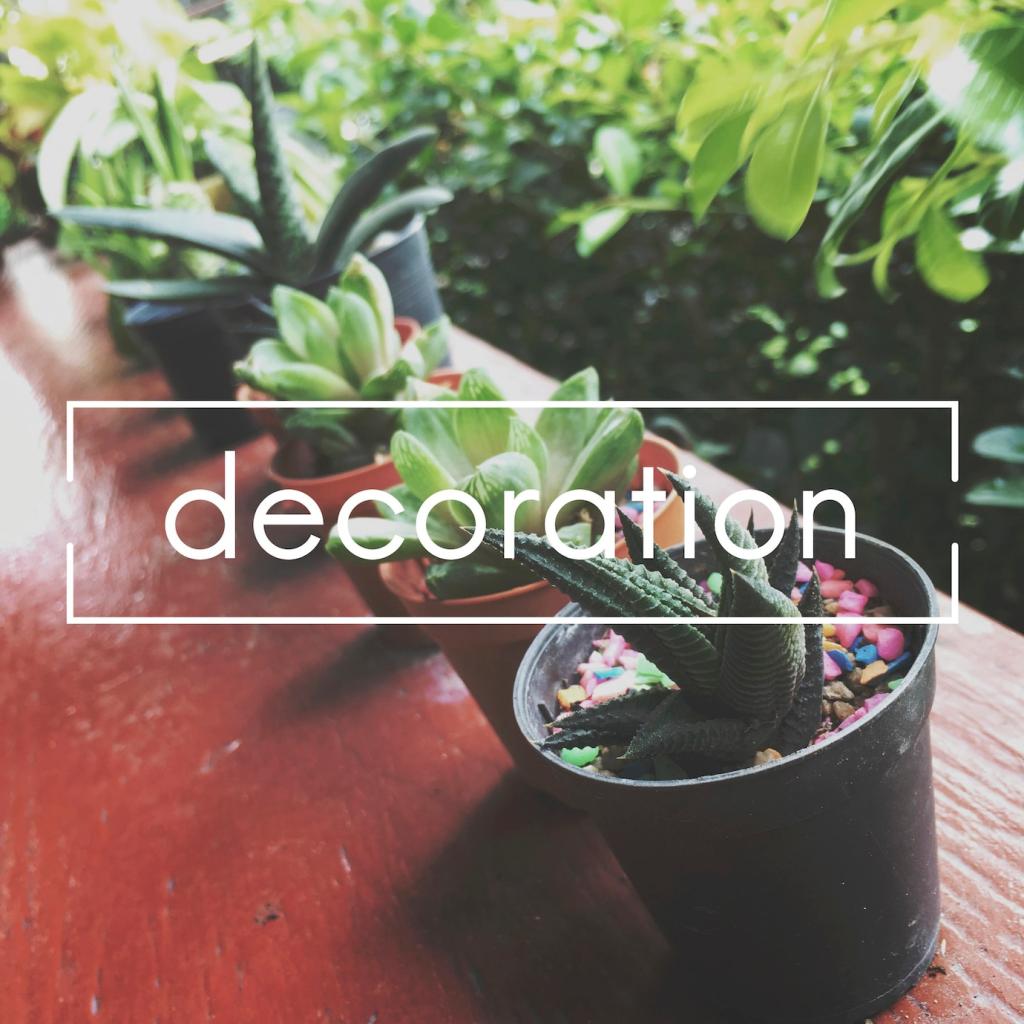Live Brighter with Less: Energy-Efficient Lighting in Modern Homes
Chosen theme: Energy-Efficient Lighting in Modern Homes. Step into a world where beautiful light costs less, lasts longer, and feels better. We’ll show you practical ideas, relatable stories, and smart habits to cut energy use without sacrificing style. Share your goals and subscribe for monthly tips to keep your home glowing efficiently.
Why Efficiency Matters Right Now
Old bulbs made us think in watts; modern efficiency asks us to think in lumens. An LED delivering 800 lumens often uses just 8–10 watts, versus a 60-watt incandescent. That shift alone saves money, reduces heat, and makes design choices far more flexible.
Designing a Room-by-Room Lighting Plan
Kitchens: Task-First, Glare-Last
Under-cabinet LED strips at 3000–4000K put light where you chop and read recipes, reducing the need for overpowering ceiling fixtures. Aim for high efficacy strips, diffusers to soften glare, and a dimmer for late-night tea. Share your favorite countertop lighting tricks!

Smart Controls That Multiply Efficiency
Adaptive Dimming and Daily Routines
Schedule a gradual dim to 20% after 10 p.m. and a gentle rise in the morning. This cuts energy use and feels natural. Pair LEDs with compatible dimmers to avoid flicker. Subscribe for our weekly routine templates tailored to different family rhythms and room layouts.
Motion and Daylight Sensors Pay for Themselves
Hallways, pantries, and bathrooms are perfect for occupancy sensors that shut off after a few minutes. Daylight sensors trim output near windows, harvesting free sunlight. Many readers report quick paybacks here—share your best sensor placements and lessons learned.
Voice and Scene Control Encourage Good Habits
With a simple voice command, you can switch off the whole floor or set a focused work scene. Convenience builds consistency, and consistency drives savings. What’s your most-used scene name—Focus, Cozy, or Movie? Comment and inspire another reader’s setup.

Choosing Color Temperature with Intent
Use 2700–3000K for relaxing rooms, 3500–4000K where focus matters, and 5000K sparingly for task-critical areas. Tunable-white lamps adapt throughout the day, supporting mood and energy. Which temperature feels right in your home office? Share your perfect Kelvin match.

High CRI for True-to-Life Colors
Look for 90+ CRI to reveal natural skin tones, vibrant art, and accurate food colors. Quality LEDs now combine high CRI with excellent efficiency, so you don’t have to choose. Post a before-and-after photo story if you’ve upgraded from dull, low-CRI lamps.

Flicker-Free for Eye Comfort
Invisible flicker can cause fatigue and headaches. Choose well-designed drivers and test dimming at low levels. If you see shimmer in video recordings, try a different dimmer or lamp. Our readers often troubleshoot together—drop your setup details for friendly advice.


Retrofitting Without Regrets
Legacy dimmers were built for incandescents. Use LED-rated, trailing-edge dimmers for smoother low-level control. Check manufacturer compatibility lists and test one circuit before buying in bulk. Have a tricky dimmer story? Share it so others can skip the frustration.
Retrofitting Without Regrets
IC-rated recessed fixtures maintain insulation integrity and prevent overheating. Look for airtight housings to stop drafts and wasted energy. In pendants, pick efficient lamps that match the shade’s translucency. Tell us which fixture upgrade instantly improved your room’s feel.
Cost, Payback, and Planet
Replacing a 60-watt incandescent with a 9-watt LED running three hours daily saves roughly 56 kWh yearly. Multiply by your electricity rate to estimate savings. Track results for a month and report back—we’ll feature standout transformations in a subscriber roundup.
